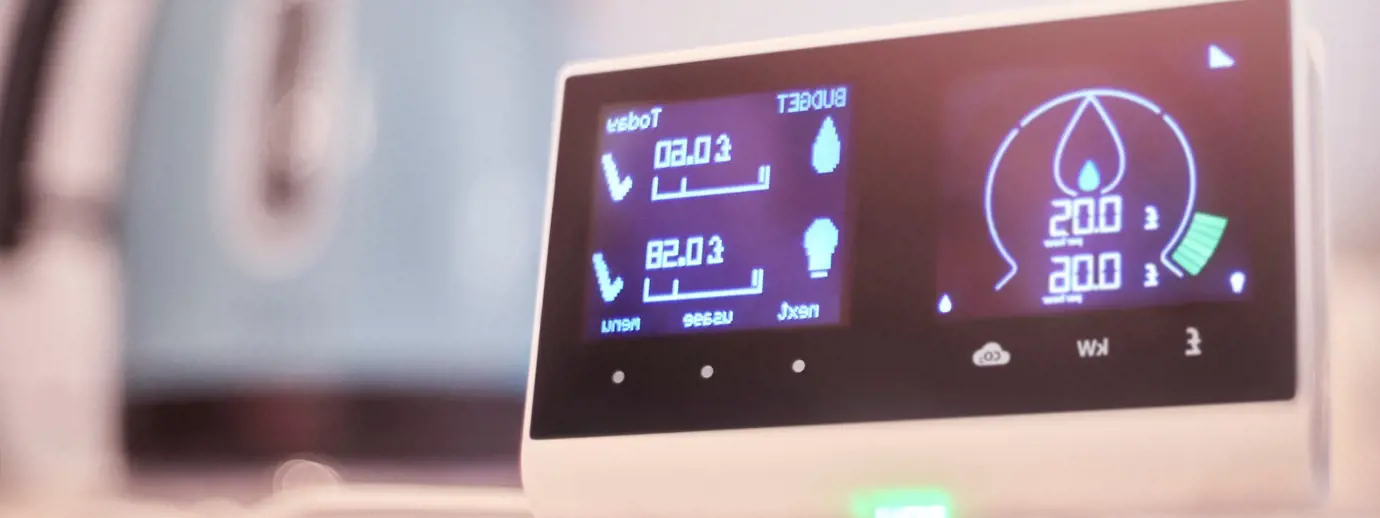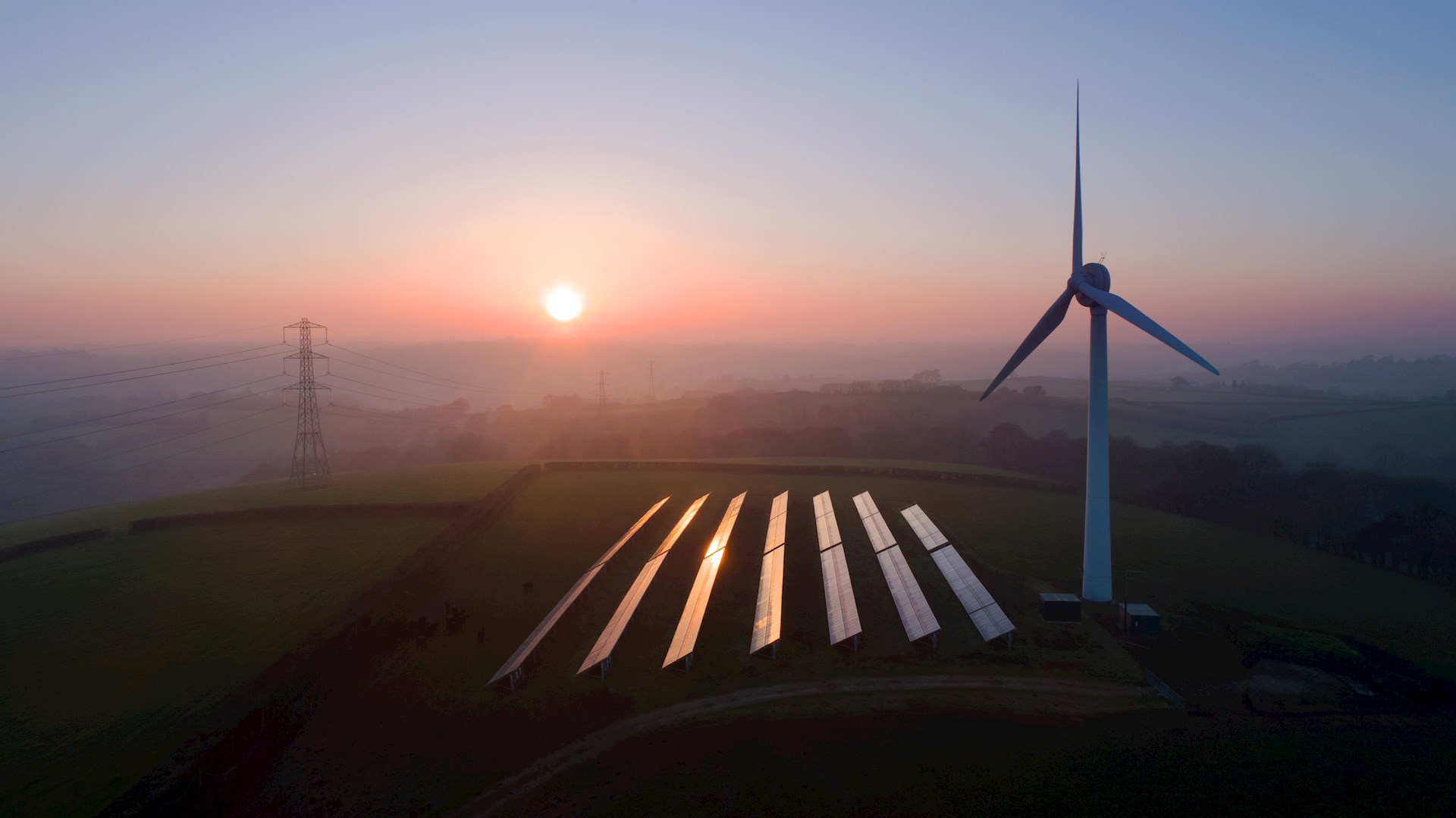Ben Gatley, Managing Director at Social Energy Supply, shares his thoughts on the key areas that will be driving the uptake of smart meters in 2021.
2020 has certainly been a rollercoaster of challenges for the energy industry and the pandemic has without a doubt hampered progression in a few areas. This time last year, 2020 was meant to be the year of SMETS1 adoption being completed as well as mass installations of SMETS2, and although there has been a huge amount of progress, it’s not quite where we all wanted it to be.
Products that require smart metering are still niche, with most domestic tariffs being a flat rate and no upside for customers that want to change within-day behaviour. Whilst some price signal propositions already exist, making this mass scale will go hand in hand with the trends that are driving consumers to have them. Largely, this will be in a few key areas.
Electric vehicles (EV)
EV sales have seen huge growth, driven (no pun intended) by a better charging network, wider availability, and lower costs. We are in a world now where your next car might well be an EV (if it isn’t already). Whilst EV’s eliminate petrol or diesel consumption they do lead to higher electricity consumption, and homeowners can save serious cash by benefiting from charging at cheap times, with smart meters being an essential piece of kit.
Demand-side response
Once a snazzy term that just sounded cool, we’re now seeing this existing as part of a typical smart home. Artificial intelligence platforms can now automatically predict and manage assets such as battery storage on a second by second basis to earn you money. 2020 has seen battery storage and flexibility services for residential properties go from concept to commodity. This also opens the door for social housing to benefit which is fantastic to see. The opportunity to benefit regardless of your financial situation is such an important step towards achieving decarbonisation.
Smart homes
It’s almost a rarity now to enter into a home which doesn’t have some kind of smart home device, whether that’s a light bulb, a smart thermostat, or a smart speaker. The tools exist for high-frequency data gathering, and when the pieces of the puzzle are put together, they form a data set which can unlock ways to change household usage for the better.
What role do smart meters play?
It feels a bit chicken and egg– will demand from customers drive suppliers to create price signal based propositions, or will suppliers create the supply through new mechanisms? I would imagine a bit of both. When we look into the future of 2021 (if things go to plan) we will see the 16m+ SMETS1 meters all part of the DCC network and capable of half-hourly settlement. This means that when combined with SMETS2 numbers, the majority of UK households will have the ability to access price signalled propositions. This could well be the tipping point of turning half-hourly settlement from early-stage to commodity.
In a world where most households have the tools to access the benefits of half-hourly metering, we could well see a fundamental shift in how energy is priced to consumers. Couple this with some exciting changes in the industry, and we will move into a new era which puts customers in the driving seat to benefit financially and environmentally by changing how their home uses energy.

Ben Gatley
Managing Director at Social Energy Supply
Further reading







